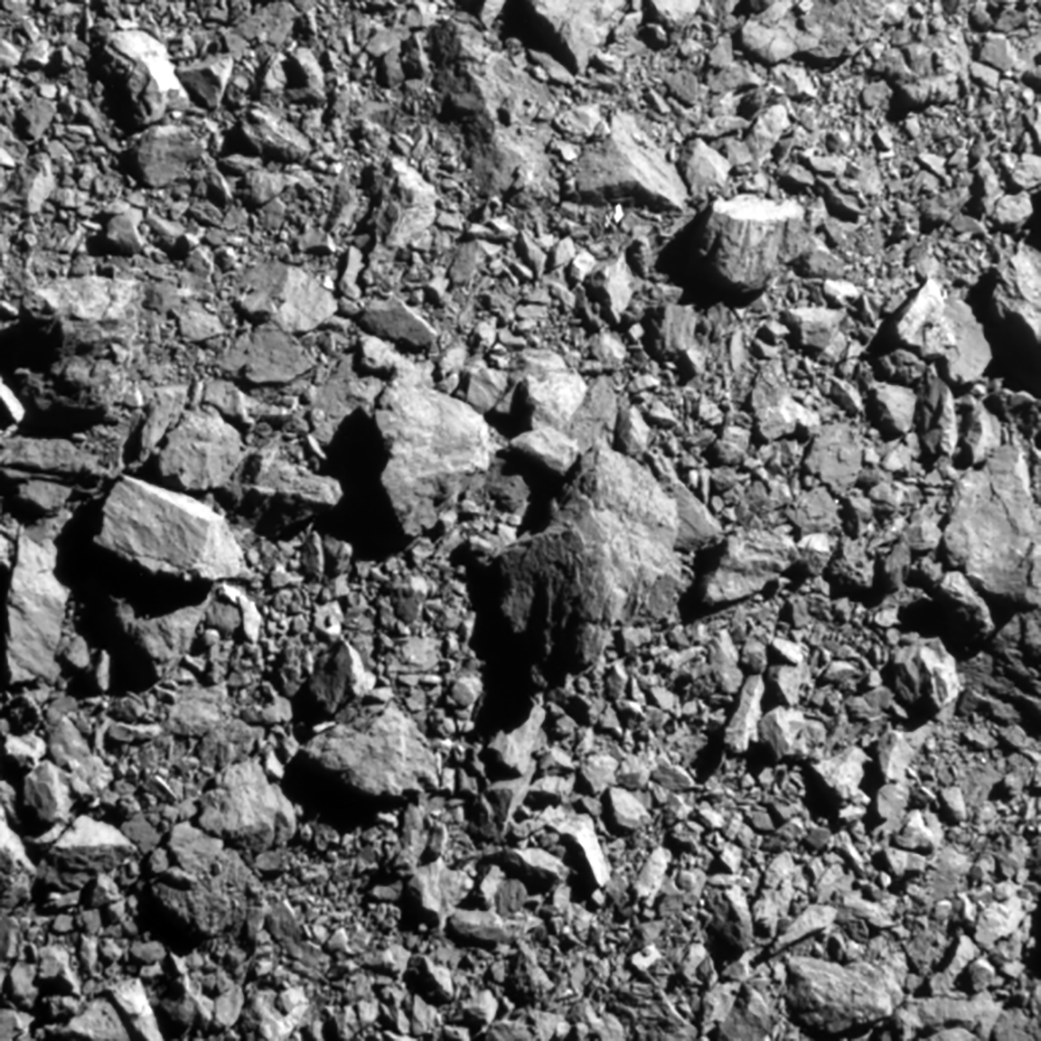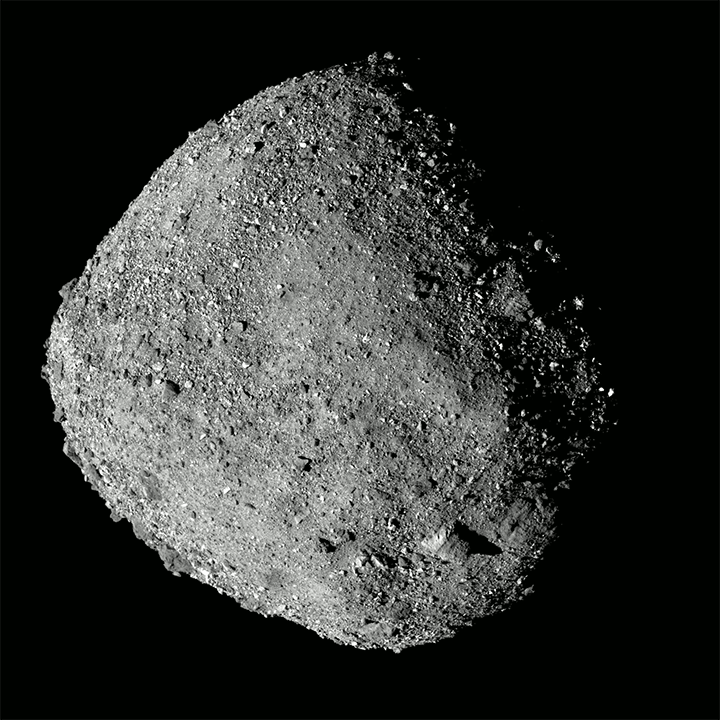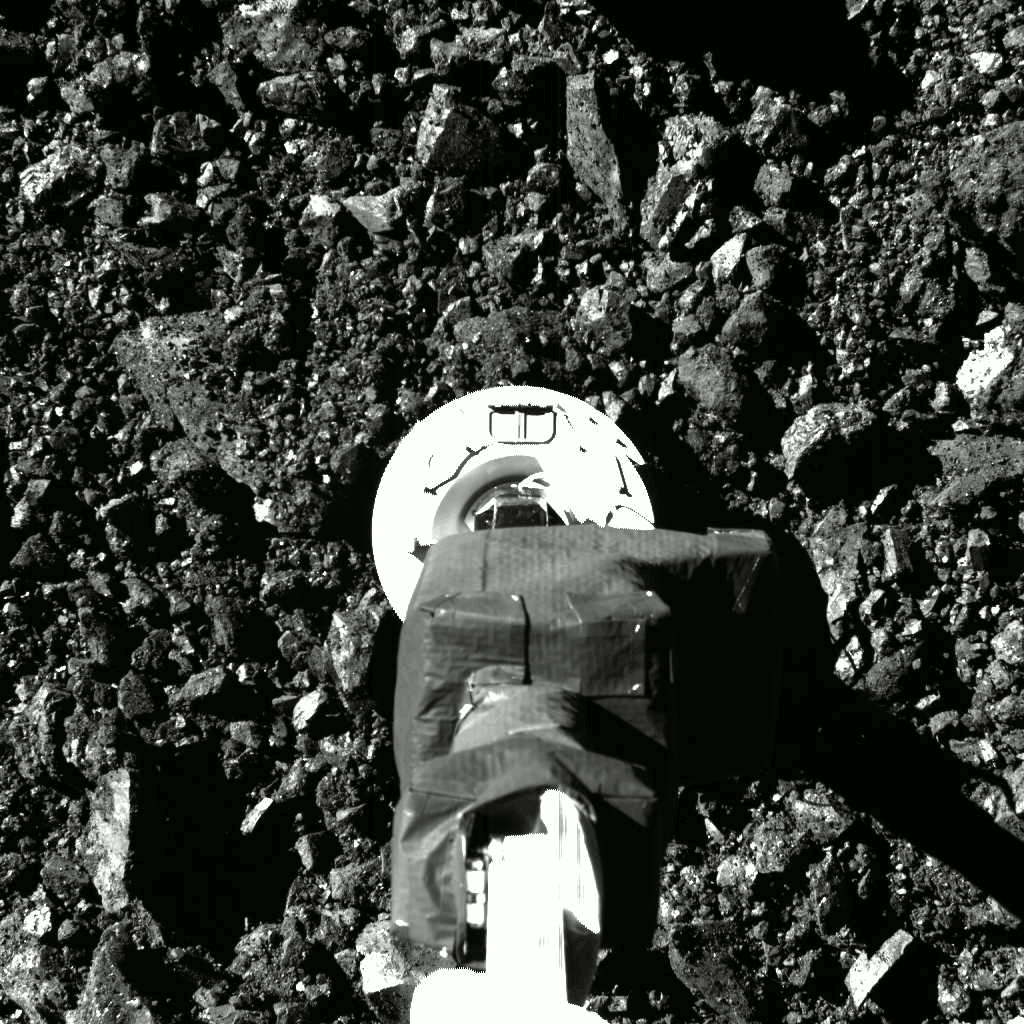What would it be like to walk on an asteroid? Scientists explain (video)
Astronauts exploring asteroids would face a host of dangers from sinking into killer "ball pits" to taking ill-considered jumps that could launch them to space.
In September 2022, NASA's Double Asteroid Redirection Test, or DART, made history when it slammed into an asteroid and proved that a kinetic impact could redirect a space rock on a collision course with Earth.
The DART mission also sent groundbreaking images back to Earth of the rubble-strewn surface of its target, Dimorphos, a moonlet of the larger asteroid, Didymos. These images have not only been used by scientists to imagine a landing procedure on Didymos, but have also sparked legitimate interest in what it would be like to set foot on the asteroid or a similar space rock.
In a video explaining how it would be to explore an asteroid, planetary scientist Naomi Murdoch explained in a European Space Agency statement that the first challenge faced by astronauts aiming to navigate Dimorphos on foot would be the boulders spread across the surface of this 557-foot (170 meters) wide body.
"The boulders covering the surface of Dimorphos are much bigger than they might look," Murdoch said. "At around 16.4 to 23 feet (5 to 7 meters) across, the largest ones are typically house-sized. Moving across these boulders would likely involve much more climbing and jumping than walking,"
Related: What are asteroids?

Despite being a sizable obstacle for potential future astronauts to overcome, these deceptively big rocks are more useful to planetary scientists who can use them to piece together the origins of Dimorphos.
The large rubble-strewn appearance of the moonlet suggests it formed when its larger parent Didymos spun fast enough to launch boulders from its surface into space. This theory is backed up by the fact Didymos appears to have a spinning-top-like shape, and it appears to be clear of loose boulders at its surface.
Get the Space.com Newsletter
Breaking space news, the latest updates on rocket launches, skywatching events and more!
Another risk, if astronauts could walk on the surface of an asteroid, would be encountering a solid surface or if they would sink beneath its surface. When NASA's OSIRIS-REx mission visited the asteroid Bennu in 2020, a video of its landing showed a leg of the lander touching down too hard and almost sinking. This is because Bennu is a rubble pile asteroid so loosely packed that it resembles a child's ball pit.
"A lot depends on whether its material is hard or soft, which would determine how high an astronaut might bounce or else sink," Director of Research at Observatoire de la Côte d'Azur, Patrick Michel, said in ESA's statement. "On the asteroid Bennu, visited by NASA's OSIRIS-REx, you would clearly sink if you landed too hard."

Another risk faced by a human astronaut aiming to walk on an asteroid would be how they adhere to the asteroid's surface. We don't tend to worry too much about this on Earth as our planet's gravity keeps our feet on the ground. For a body with much less mass, the gravity may not be enough to stop astronauts from losing their footing permanently. For instance, the gravity of Dimorphos is less than a millionth that of Earth. Patrick said just 6 cm per second of upward motion might be enough to send an astronaut into orbit around the asteroid they are exploring.
"Jump too fast, and you might never come down again because you could exceed the local escape velocity," Naomi added. "Plus, in the ultra-low gravity environment, it would be easy to generate significant ground motion, potentially triggering an avalanche of rocks."
That means astronauts exploring an asteroid may use spikes or crampons similar to those used by mountaineers to stay attached to an asteroid. Alternatively, a thruster system could be used by astronauts to glide over the space rock's surface in a manner similar to a scuba diver exploring the ocean floor. This method requires a great deal of care, however.

"You would want to avoid contact with surface rocks while gliding, however, as they are likely to be sharp enough to snag your spacesuit, having never been smoothed by water or wind," Naomi explained. "Adding to the challenge, your weight would shift by about 10 to 20% depending on where you are on the surface because of tidal forces from the Didymos parent asteroid."
Space exploration is likely disorientating enough, but astronauts will also have to deal with the dizzying effects of the sky above them shifting constantly. This could be especially important when exploring Didymos after it was smacked by DART.
"It is likely Dimorphos was tidally locked before DART's impact but is now probably either rotating or 'librating' — wobbling — as it orbits Didymos," Patrick said.
It may be a long time until astronomers visit Dimorphos or any other asteroid, but the DART follow-up mission, Hera, operated by the European Space Agency (ESA), will soon pay a visit to the moonlet. Due for launch in Oct. 2024, Hera will send two shoe-box-sized CubeSats — Juventas and Milani — to land on Dimorphos to make further observations of the moonlet.
When the CubeSats touch down, Juventas will use its gravimeter to ensure it can operate no matter how it is orientated, while Milani will use an accelerometer to record the force of its bounces as it comes down to the surface, better constraining the gravity of the asteroid. This data will be sent back to Hera and may one day be of use to humans aiming to very carefully explore asteroids.
Join our Space Forums to keep talking space on the latest missions, night sky and more! And if you have a news tip, correction or comment, let us know at: community@space.com.

Robert Lea is a science journalist in the U.K. whose articles have been published in Physics World, New Scientist, Astronomy Magazine, All About Space, Newsweek and ZME Science. He also writes about science communication for Elsevier and the European Journal of Physics. Rob holds a bachelor of science degree in physics and astronomy from the U.K.’s Open University. Follow him on Twitter @sciencef1rst.
-
Viktor Vasylyev It will be respectfully noted that taking into account additional observational data casts doubt on the declared change in the Dimorphos`s orbital period. In particular, data obtained using the ATLAS-STH telescope (see the second part of the video, around the 50th second: bfqVqOl9S9wView: https://www.youtube.com/watch?v=bfqVqOl9S9w ) indicate the appearance of a relatively stable (but without joint axial spin with the parent body) "cloud of satellites" around Dimorphos (consisting of large ejection fragments), which was observed as asymmetric swelling of asteroid image by about half of its size. This phenomenon could cause such artefact as geometric-photometric distortions, which were interpreted as a shift in the real full image of Dimorphos during mutual eclipse observations. For a more detailed exposition, look for my commentary on the March 21st postReply -
cecilia "walking" on such a body would be incredibly dangerous. I suggest not doing it. let robots explore those areas.Reply









